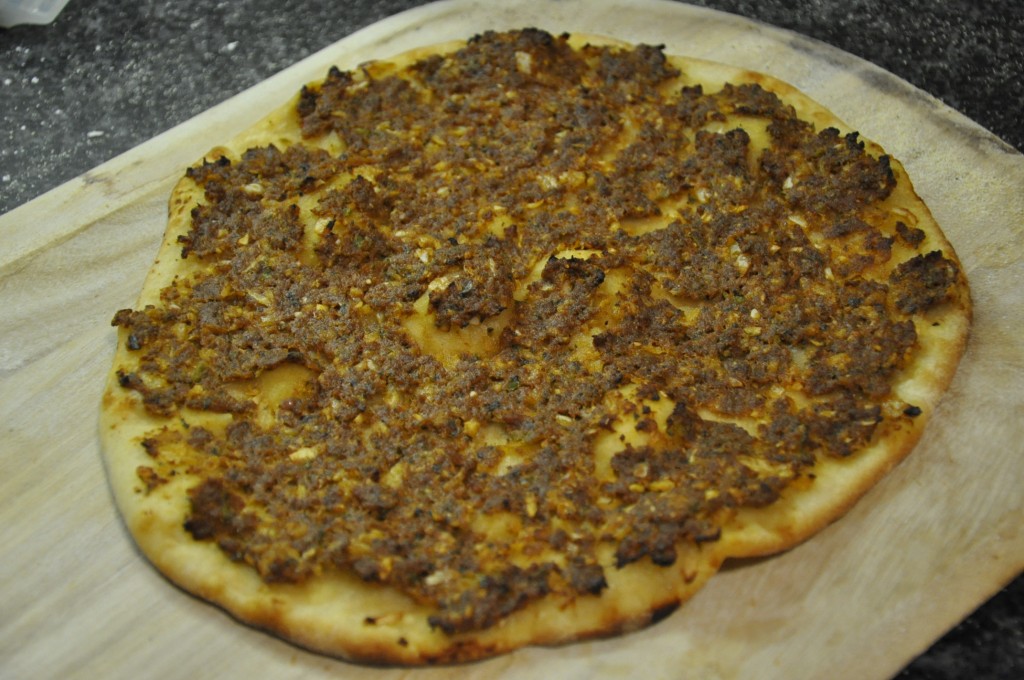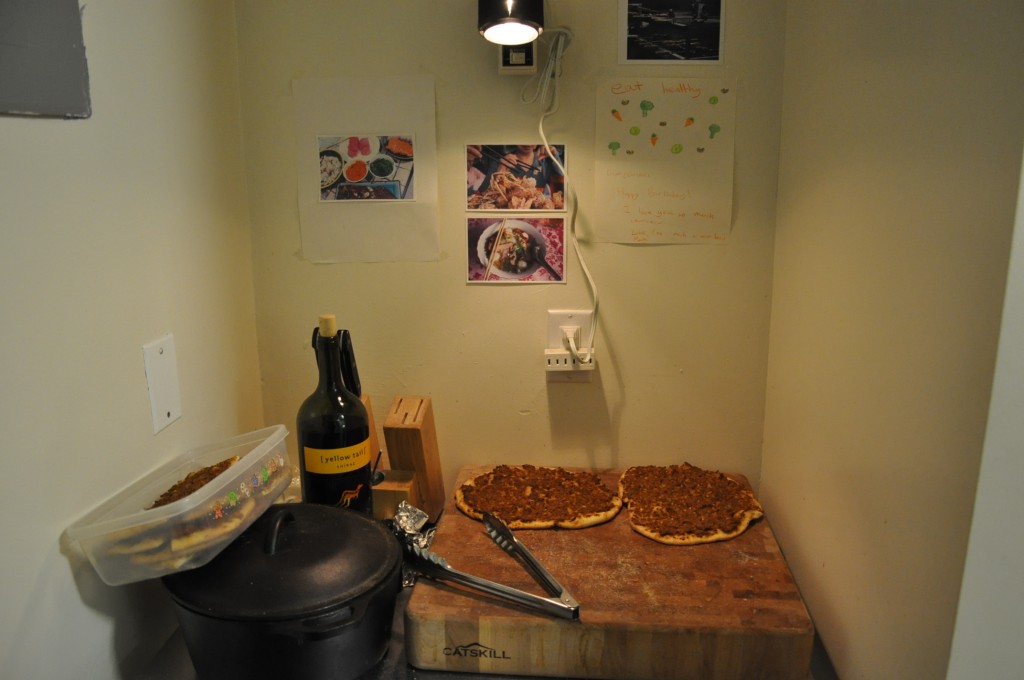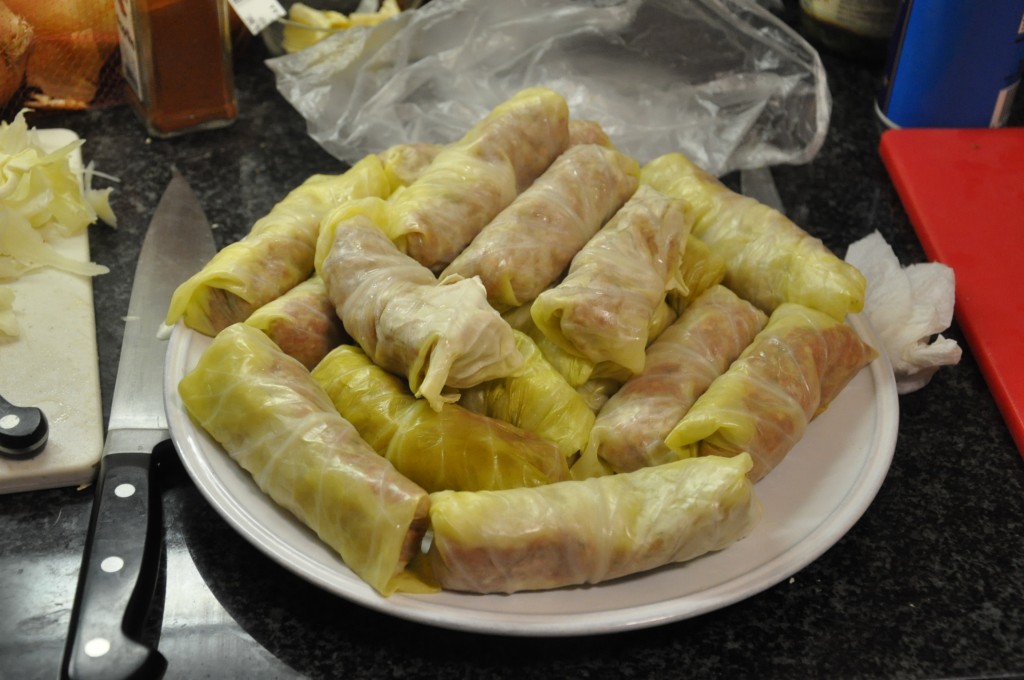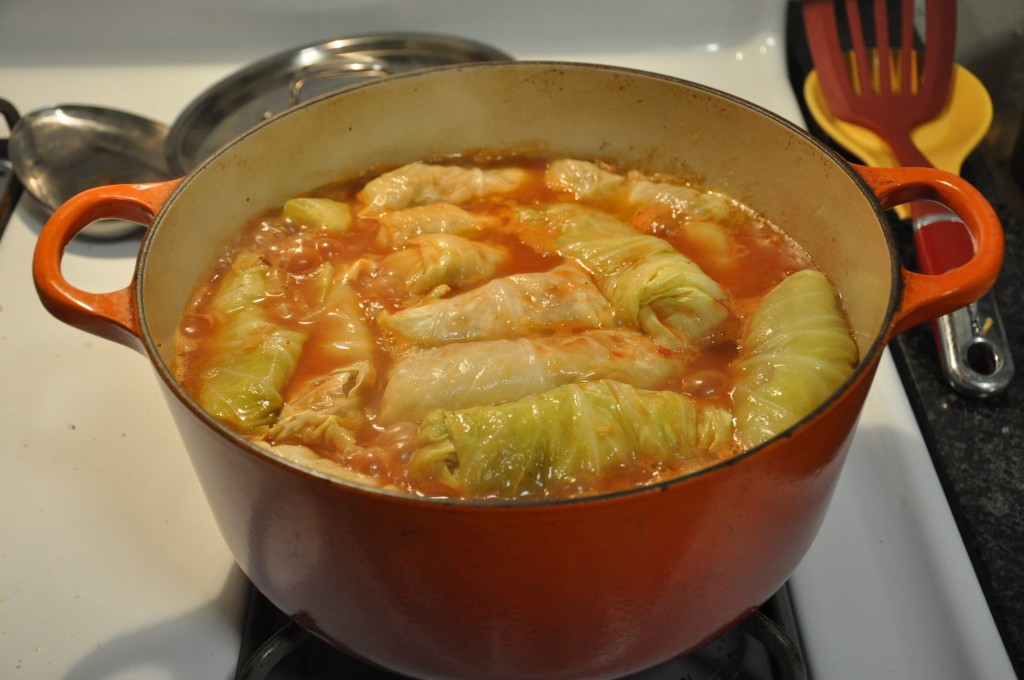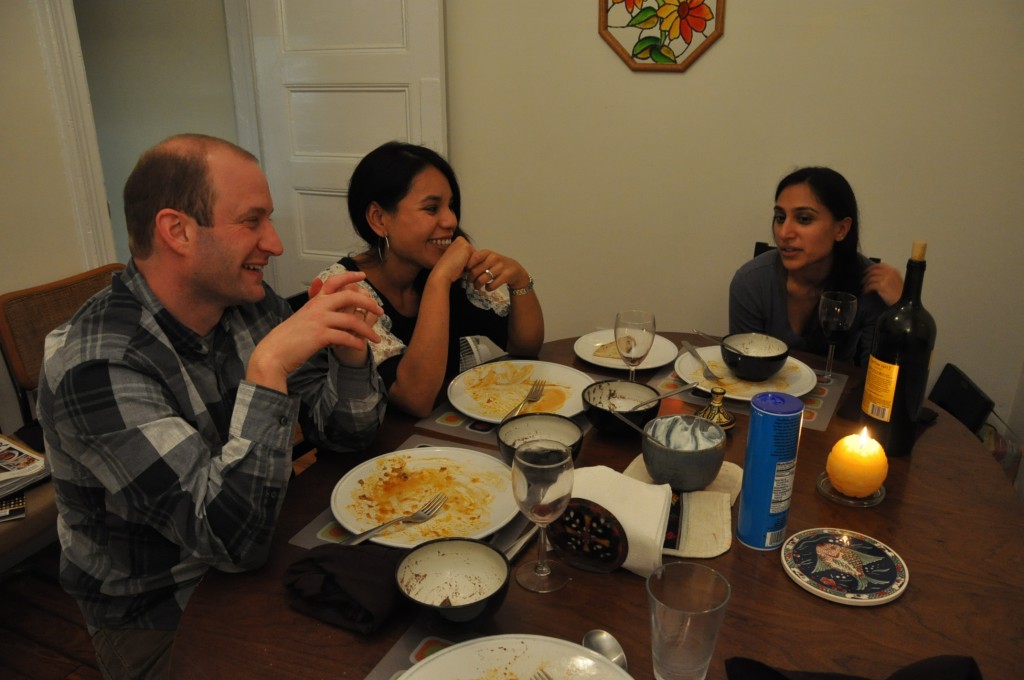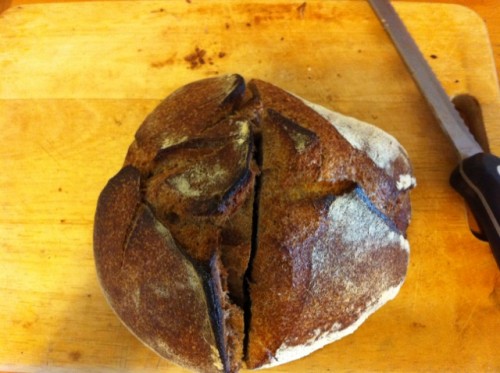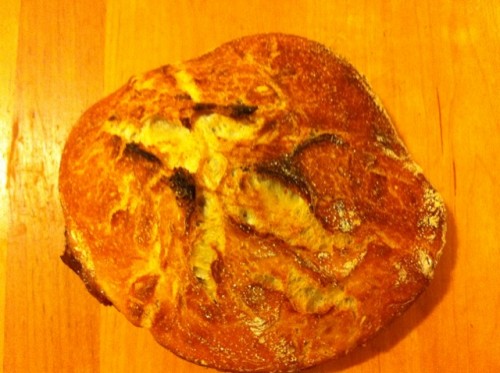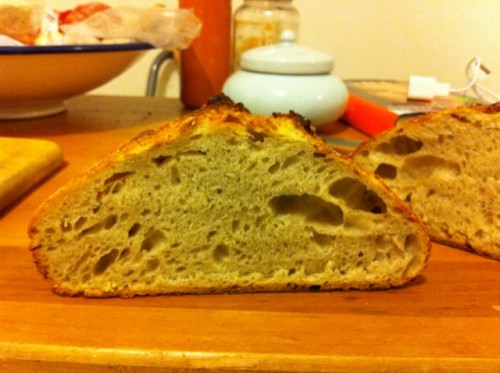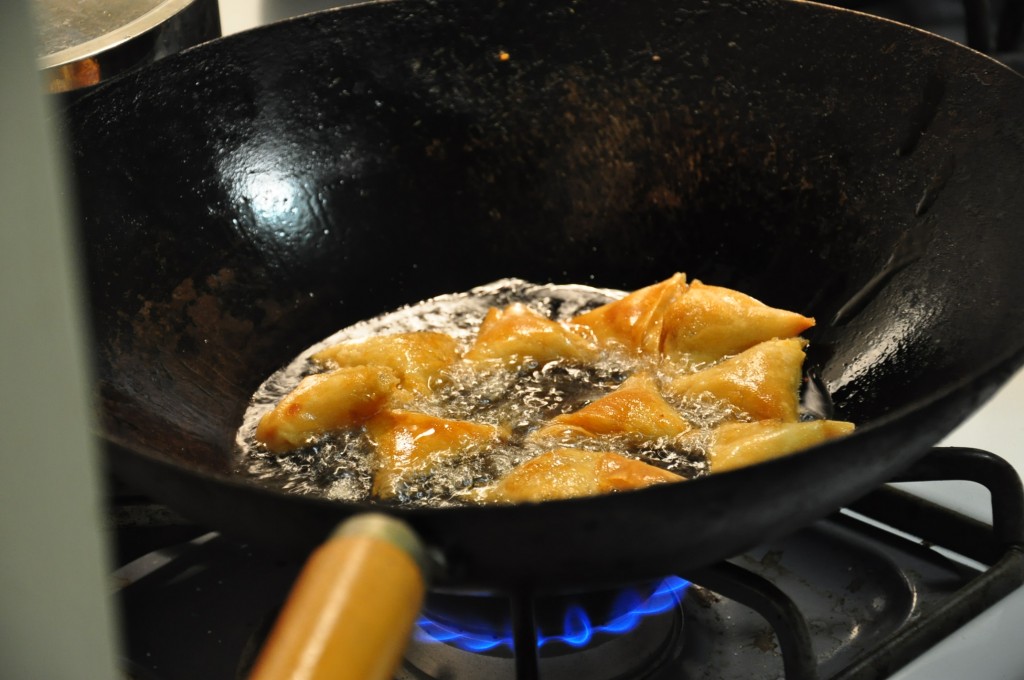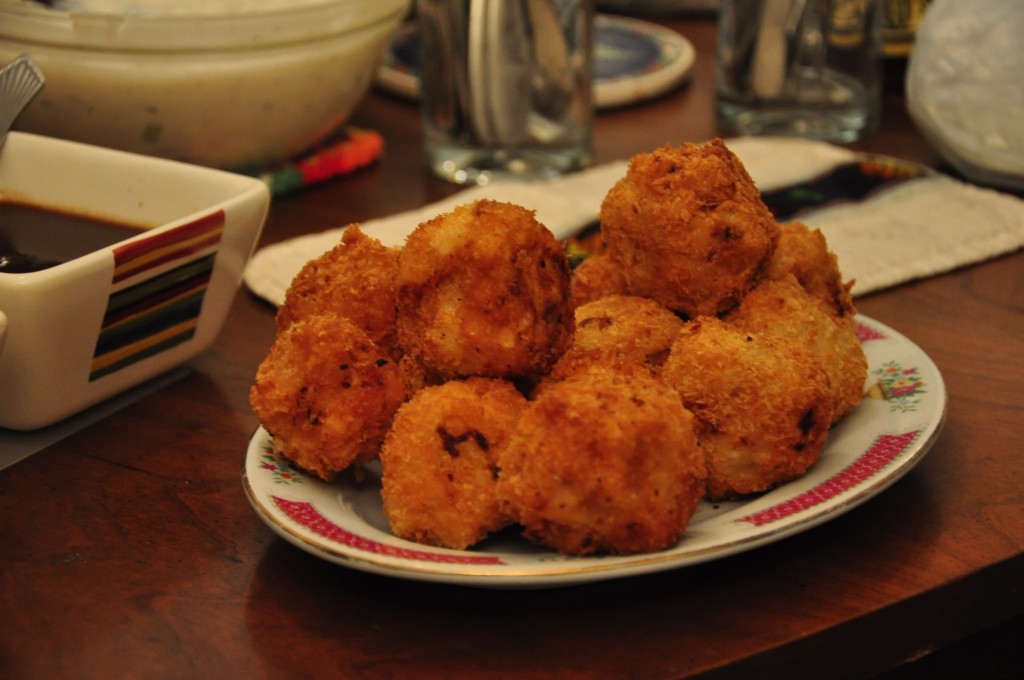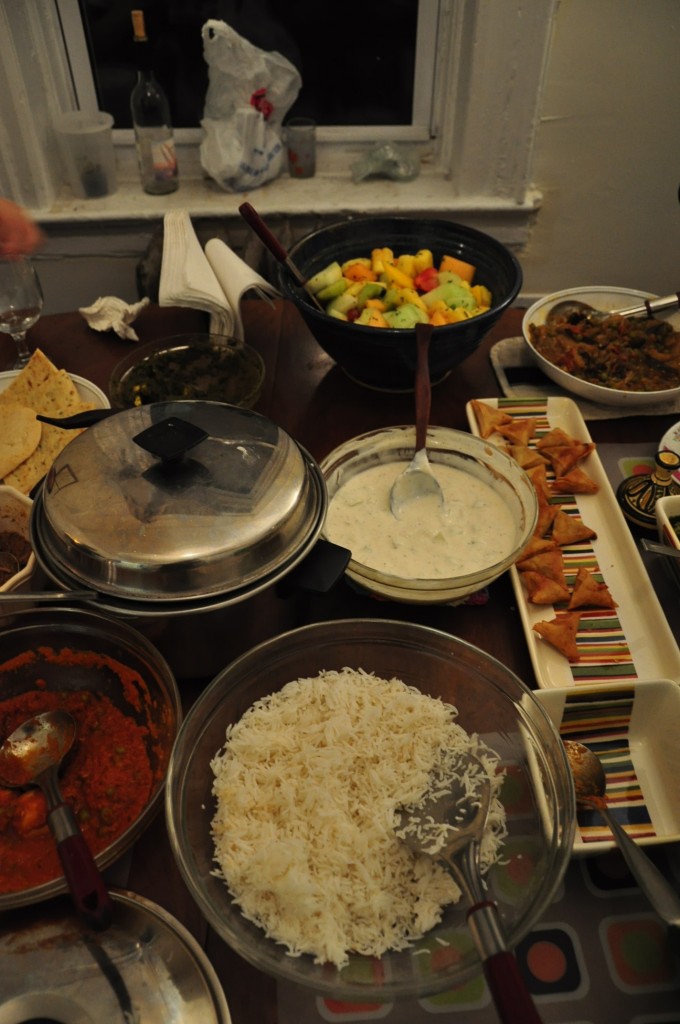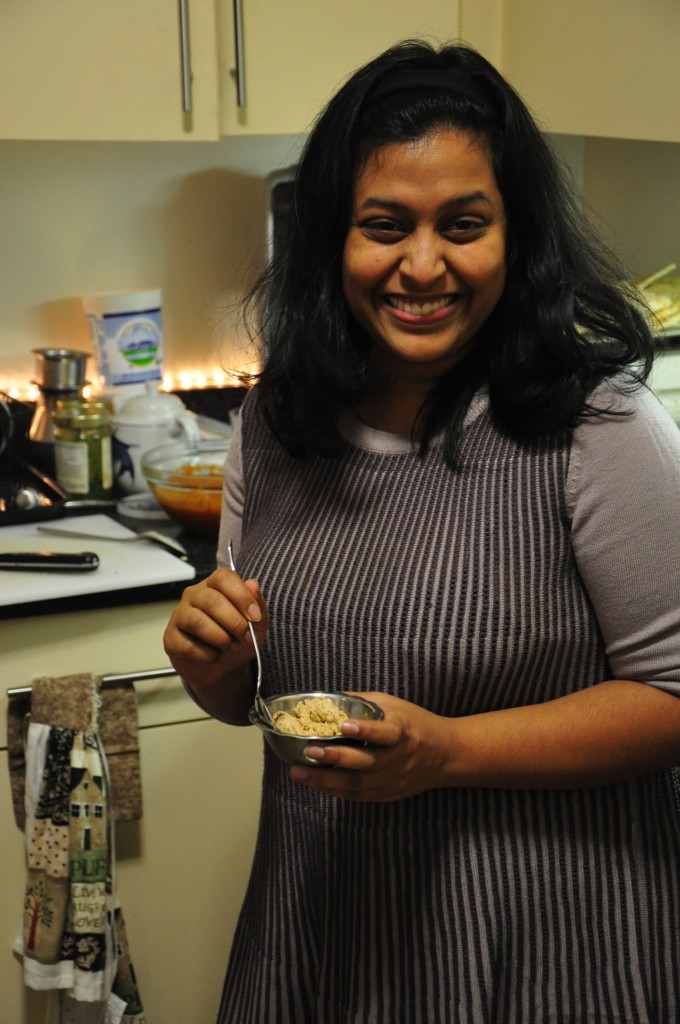First things first: the “pasties” I’m referring to in this post are not the ones you’ll find in a fine gentlemen’s club – well unless that gentlemen’s club happens to be in Michigan’s Upper Peninsula (UP) and serves local food. You see the pasties (pronounced with a short “a” like “nasty”) I’m talking about are a culinary holdover of the Cornish miners who worked the copper mines of the Upper Peninsula when it was booming industry from the mid 1800s to the early 1900s.
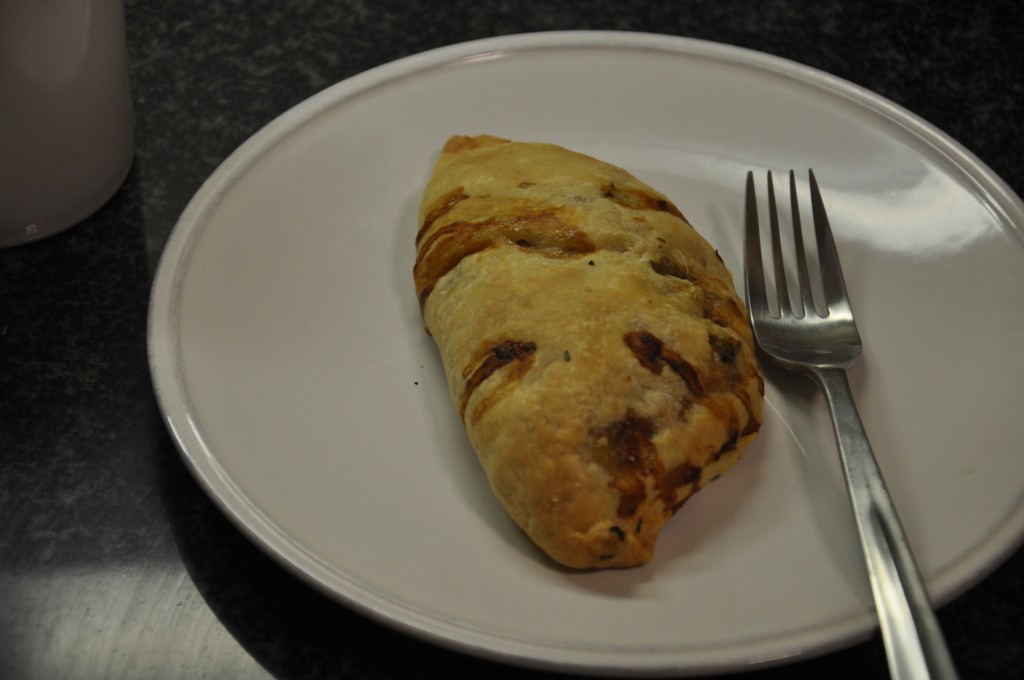
Not so pretty, but pretty damn delicious.
A pasty is basically a meat pie or empanada – crusty dough filled with meat, potatoes, carrots and turnips. I guess the pasty is like the working class Anglo Saxon version of the San Francisco style burrito which hailed from another working class population in California, Mexican farmworkers. It’s an entire meal that travels well and can be eaten with one hand. But while the burrito has been a smash cross- over success -indeed spawning such food monstrosities like the whole wrap movement – the pasty remains a regional specialty. It’s really easy to find pasties in the old mining towns of the UP, but as of yet there are no pasty chops or pasty trucks hanging on the corners of major metropolitan areas. So thank the gods I married a small town girl from Michigan who introduced me to this Yooper culinary gem. When Shef’s mom visits, she’ll bring frozen pasties for us in her luggage. Now that is love. But she can only carry so many and we’ve long since eaten our reserve pasties, so a couple weeks ago because we were feeling the urge and we had the requisite ingredients (or most of them) on hand, in our kitchen I decided to make pasties of our own. The kitchen stars aligned, as it were. This was the my second time cooking pasties. The first time, I got a little too fancy pants – and way too labor intensive, roasting all the ingredients before hand. So this time I elected to go the more traditional route and it totally paid off. I consulted a number of recipes online, soaked them in and then basically did what I’ve described below. There’s a lot of prep work involved in these so give yourself a few hours to make them and make it worth your while by making enough for several meals.
Pasty Recipe (makes about 12)
dough:
Basically it’s a pie dough.
3 cups AP flour
1 tsp salt
1 1/2 sticks of butter
1 tbsp vinegar
1/8- 1/4 cup ice water – or just enough for dough to set
Add salt to flour and mix. Cut butter into the flour (pulsing a food processor works best) until you get a pebbly consistency. Add ice water by tbsp an mix by hand or in mixer. Work until the dough forms and holds but don’t overwork (you don’t want it to get to glutinous and elastic because then it’s harder to work later). Wrap the dough in plastic and let it set in the fridge for an hour or two.
Fillings (quantities are approximate)
1/2 lb of ground beef
1/2 lb of ground pork
2 hot Italian sausages (casings removed)
2 medium (or 1 large) onions – diced or chopped
4-6 carrots -finely diced or chopped
1 large rutabaga or 3 turnips (or any similar root vegetable in the turnip or even radish family. We actually used a daikon radish – thanks to our CSA – and it worked fine) – finely diced or chopped
2 lbs of potatoes (yukon gold) – finely chopped.
salt to taste
pepper to taste
Mix:
This is the easy part. Once everything is prepped and chopped just mix everything in a large bowl and add an ample amount of salt and pepper. These are your only seasonings so you can be generous (but don’t give yourself a heart attack). Mix everything together until the meat forms a paste over all the vegetables.
Making:
Now is the labor intensive part. Take your chilled dough and form small balls about 2- 2 1/2 inches in diameter. Flatten these balls our with a rolling pin taking care to roll them evenly so you end up with a dough circle about 7-8 inches in diameter. Put a good couple big spoonfuls of the filling on one side of the, but sure you leave enough space on the edge free of filling. Take the other side and fold it over so the top edge lines up with the bottom edge. Now use moisten the edges with water and seal them. Then, fold up the joined lip of crust and crimp it with your fingers so you end up with a semi circle with pie crust type seal along the curved side. Poke some holes in the top of the pasty so steam can escape.
Cooking:
Bake the pasty in a preheated 375? oven for about an hour and boom!

Post baking - they were delicious. We froze bunch so we'd have some for later.
Eating:
Use whatever utensils you want and whatever condiments you want (I prefer a mixture of ketchup and sriracha) and commence to put into you mouth and chew. Savor the blend of meaty and earthy flavors … and swallow. Now you know. Pasties taste good and they’re not just for covering nipples.
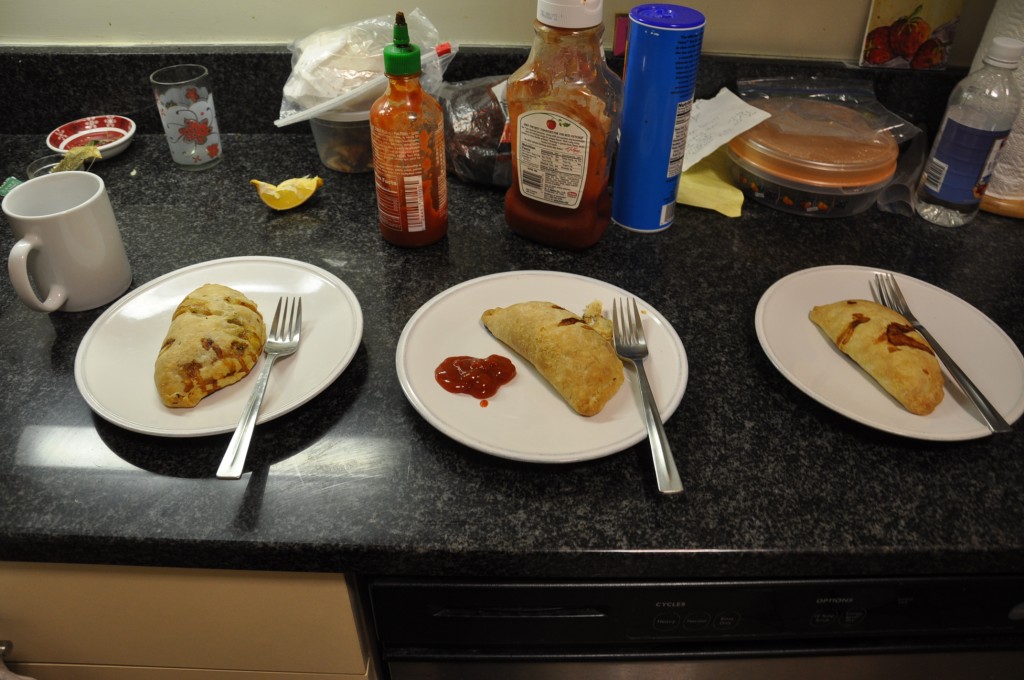
Late night pasty eating. By the time I finished cooking these it was past midnight.







